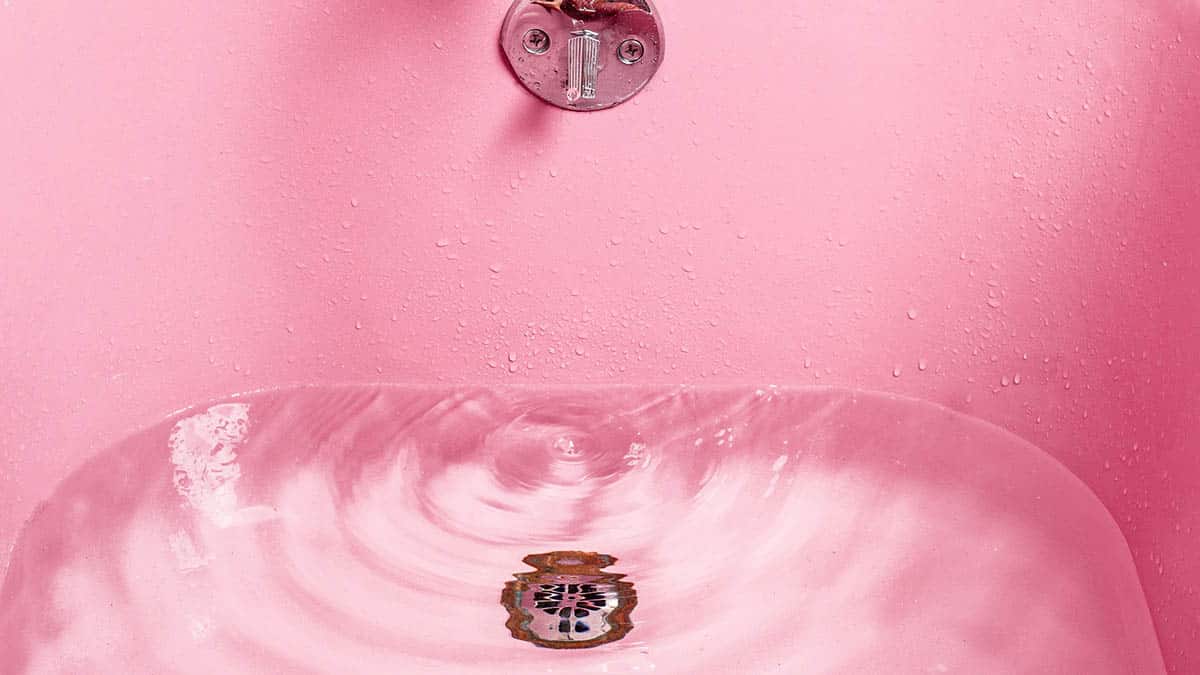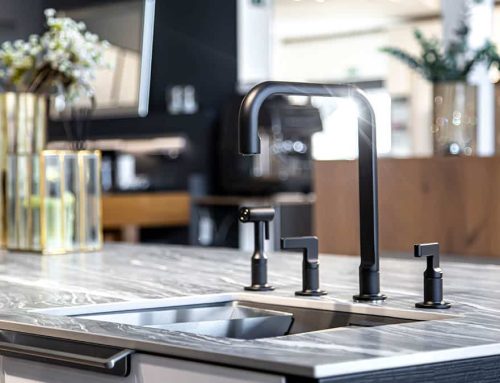
The Regeneration Process Of Water Softeners Explained
The water is extremely hard in Phoenix, Arizona – and everyone here knows it. But many residents choose to do nothing about it because they aren’t aware of the effects it has. Skin, hair, appliances, plumbing systems and even landscape can suffer consequences. Those that don’t see value in the regeneration process of water softeners have no reason to buy one.
At the same time, refusing to understand water hardness can be costly. When you really take the time to think about it, the actual cost of moisturizers, hair care products and cleaners add up. Replacing pipes and fixtures also tend to cost unwanted time and money.
Why Care About Water Softener Regeneration?
Since we’ve talked alot about the benefits of soft water in other articles, we thought it would be a great idea to unpack the water softener regeneration cycle. The extent of the process may be enough to convince you that a few hundred dollars can make a big difference in you’re water.
If you’re already in the market for a softener installation, then you’ll want to make sure your equipment is consistently regenerating. When it’s not functioning properly, the entire system is useless.
Why Do Water Softeners Regenerate?
Before you can understand how this process works, you have to understand why it is essential. Since the minerals and chemicals filtered from the hard water accumulate within the system, they need to be flushed out regularly. The regeneration process of water softeners extensively removes all of these contaminants so build up doesn’t diminish purification measures.
It’s kind of the same concept as changing your air filters every month. When you forget, air quality becomes poor and your HVAC system is forced to work harder. So if something seems off about the way your water softener is regenerating, it’d be wise to get it checked out. This is especially true if the water quality is low.
What Does the Regeneration Cycle Do?
While there are a number of factors that contribute to the exact length of time it takes a water softener to regenerate, it usually lasts about 80 to 90 minutes. The flushing consists of 5 steps that include: filling (5-20 mins), brining (30 mins to 1 hr), brine rinsing (under 5 mins), backwashing (under 10 mins) and fast rinse (under 10 mins).
Water Regeneration Steps 1-2.
During the filling process, the brine tank is filled with water in order to dissolve the salt and create what is called a “brine”. This mixture will eventually be used to flush the collected hard water minerals (also known as the resin bead) out of the water softening system. Brining begins when the brine starts to fill the resin tank in waves and cycles.
The first two steps of the regeneration process of water softeners take the longest to complete. This is because the influx of brine needs to repeatedly process and flush out all of the contaminants in the resin beads. Some systems take a lot longer than others. But this normally has to do with the manufacturer or the age of the water softener.
Nonetheless, the goal of these two steps is to clean everything out and replenish the resin beads. This is an important step because the beads are relied upon to attract magnesium and calcium from hard water.
Water Regeneration Steps 3-5.
The final 3 steps have to do with rinsing the resin tank. The brine rinse consists of one more flush. But this time, it uses a little less brine. Doing so makes sure any remaining mineral deposits are cleaned up and removed. From here, the backwash completely fills and flushes the resin tank multiple times. This ensures remnants are expelled.
The fast rinse runs another flush of water through the resin tank one last time. Doing so resets the resin bed and makes sure there isn’t any leftover brine in the tank. As you can see, the cycle goes great lengths to ensure your water lines are clean.
More Insight on Regeneration Management
The frequency of water softener regeneration depends on the amount of water used and the type of valve the system has. Some makes and models have a meter or a clock that you manually set. Other equipment is designed to initiate water regeneration on demand. In other words, it automatically occurs when mineral levels are high.
No matter how or when the process begins, you’re going to want to figure out how much salt to use and why. Keep in mind, a quality product matters. Once you figure this out, you can adjust another setting to control the amount of salt (in weight) that’s used during the regeneration cycle.
Maintenance for the Regeneration Process
If you need to make sure your softener is regenerating properly, you can always test your water quality by using a water hardness kit to test things out. You can usually find them for sale at any local home improvement store. Simply follow the directions to see if the quality of your water matches the range set on your system.
The regeneration process of water softeners can also be tested by making sure it’s running at the scheduled time. If it doesn’t turn on when you’re expecting it to, then you’ll want to call a licensed plumber for assistance. A number of things could be wrong.
No matter how you go about checking on your equipment, routine maintenance is the best way to avoid unexpected problems or inconveniences.
One Last Thing About Water Softeners
There’s one thing you need to know if you’re considering a softening system with a single tank. You’re not supposed to use your water while the system regenerates. Tap water will fill your lines and water pressure will noticeably diminish.
Dual tank systems keep you from waiting and the shared load also helps the system last longer. Nonetheless, be smart when you’re scheduling the regeneration process of water softeners. It’s always best to set the cycle to begin at night, when nobody is home or during other low usage hours.
Sun City Plumbers That Care
For more than 30 years now, our company has been helping the Phoenix community improve their plumbing systems and experience better water. As a family owned business, we know how important softening systems can be to a home or business.
So if you ever run into a problem or have any questions, don’t hesitate to give us a call.

